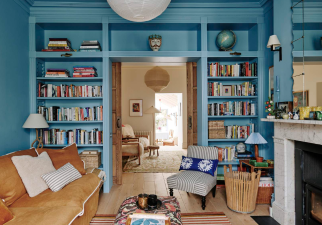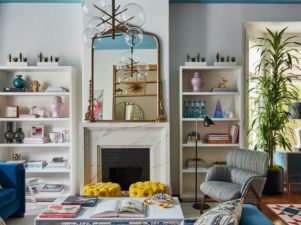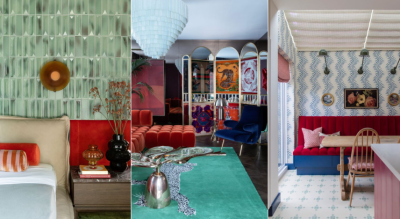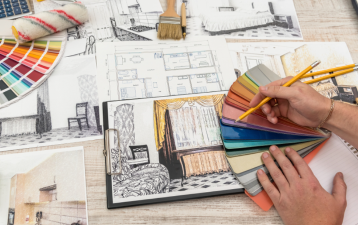Why Interior Design Is More Than Just Decoration
The term "interior design" is frequently mentioned in modern life, but many people's understanding of it is limited to "decorating a home." In reality, interior design is far more than simple decoration; it is a comprehensive discipline that integrates art, functionality, and a humanistic experience.

Interior design
It is no longer simply a synonym for decoration; it is more of an art form that blends aesthetics, functionality, and the humanities.
Interior design is the application of material and technical means and architectural design principles to create a functional indoor environment that meets people's material and spiritual needs, based on the building's use, environment, and relevant standards.
This spatial environment not only has practical value and meets corresponding functional requirements, but also reflects spiritual factors such as historical context, architectural style, and environmental atmosphere.
The purpose of interior design is clearly defined as "creating an indoor environment that meets people's material and spiritual needs." Therefore, interior design is not simply decorative; it must also have certain practical value and meet corresponding functional requirements.
What is interior design?
Interior design is a combination of art and technology that enhances the aesthetics, practicality, and comfort of indoor environments through spatial planning, visual design, and functional optimization. Simply put, an interior designer transforms an ordinary room into a beautiful and functional space through layout, decoration, and functional renovation.
- Scope: Not limited to home design, but also encompasses the design of various commercial and public spaces, including offices, shopping malls, hotels, and restaurants.
- Core Objective: Create spaces that meet user needs and provide visual pleasure, while also meeting safety, environmental protection, and sustainable development requirements.

The Impact of Interior Design on Life
Interior design not only makes a space aesthetically pleasing, but also profoundly impacts people's quality of life and mood.
- Optimizing Functionality and Improving Comfort
Good interior design can make a space's functions more compatible with your lifestyle and reduce unnecessary hassles.
For example, incorporating a "golden triangle" into a kitchen design ensures smooth and uncrowded washing, chopping, and cooking.
- Beautifying Space and Enhancing Well-being
A beautiful environment can enhance happiness and improve the occupants' mental state.
Example: Soft lighting and warm tones can help relieve fatigue.
- Environmental Protection and Health Considerations
Modern interior design emphasizes the selection of environmentally friendly materials, such as low-formaldehyde panels, to protect occupants' health.
- Personal Expression and Taste
Design style reflects the owner's aesthetic taste and is a form of self-expression.
For example, those who prefer a minimalist style typically pursue a simple yet refined lifestyle.


